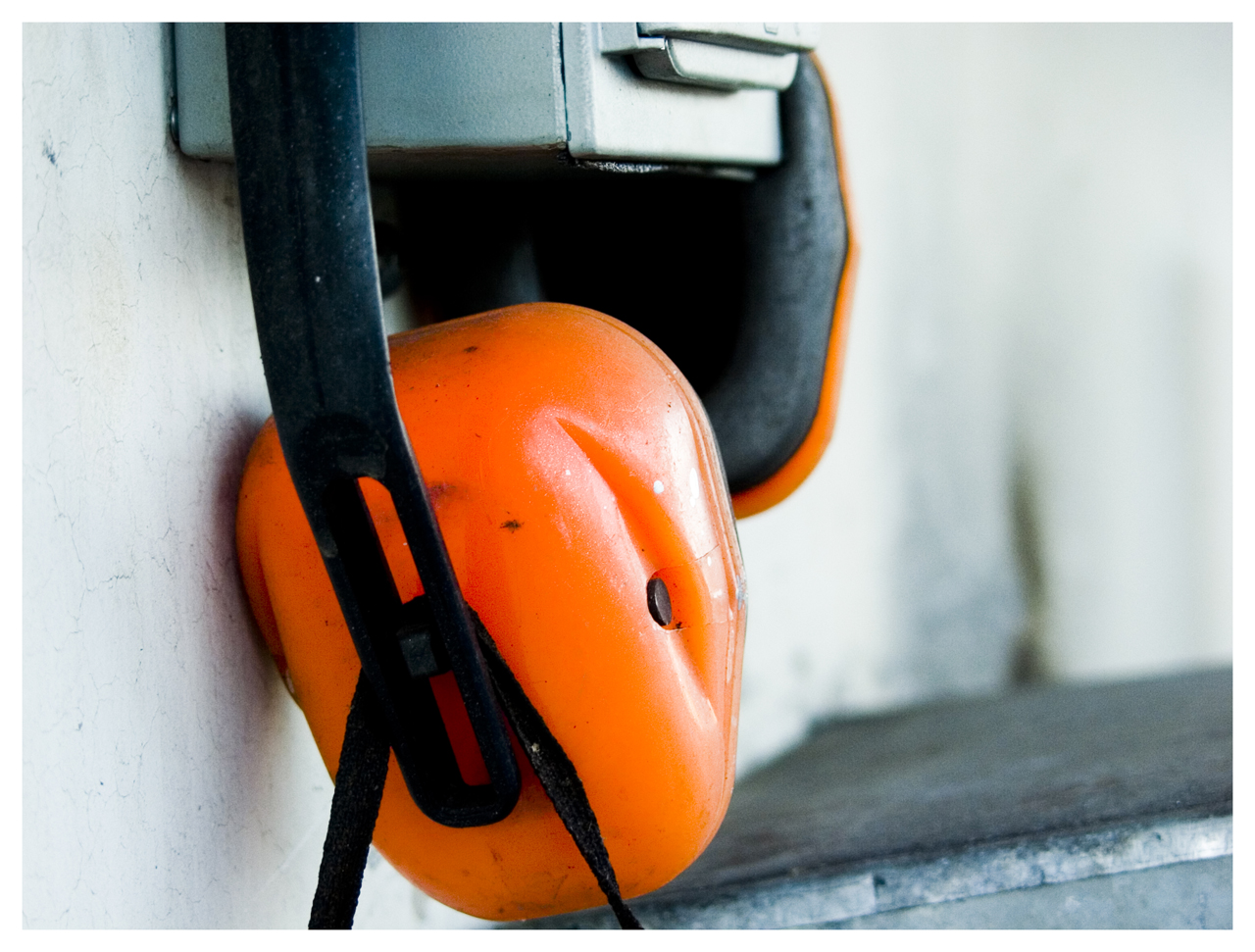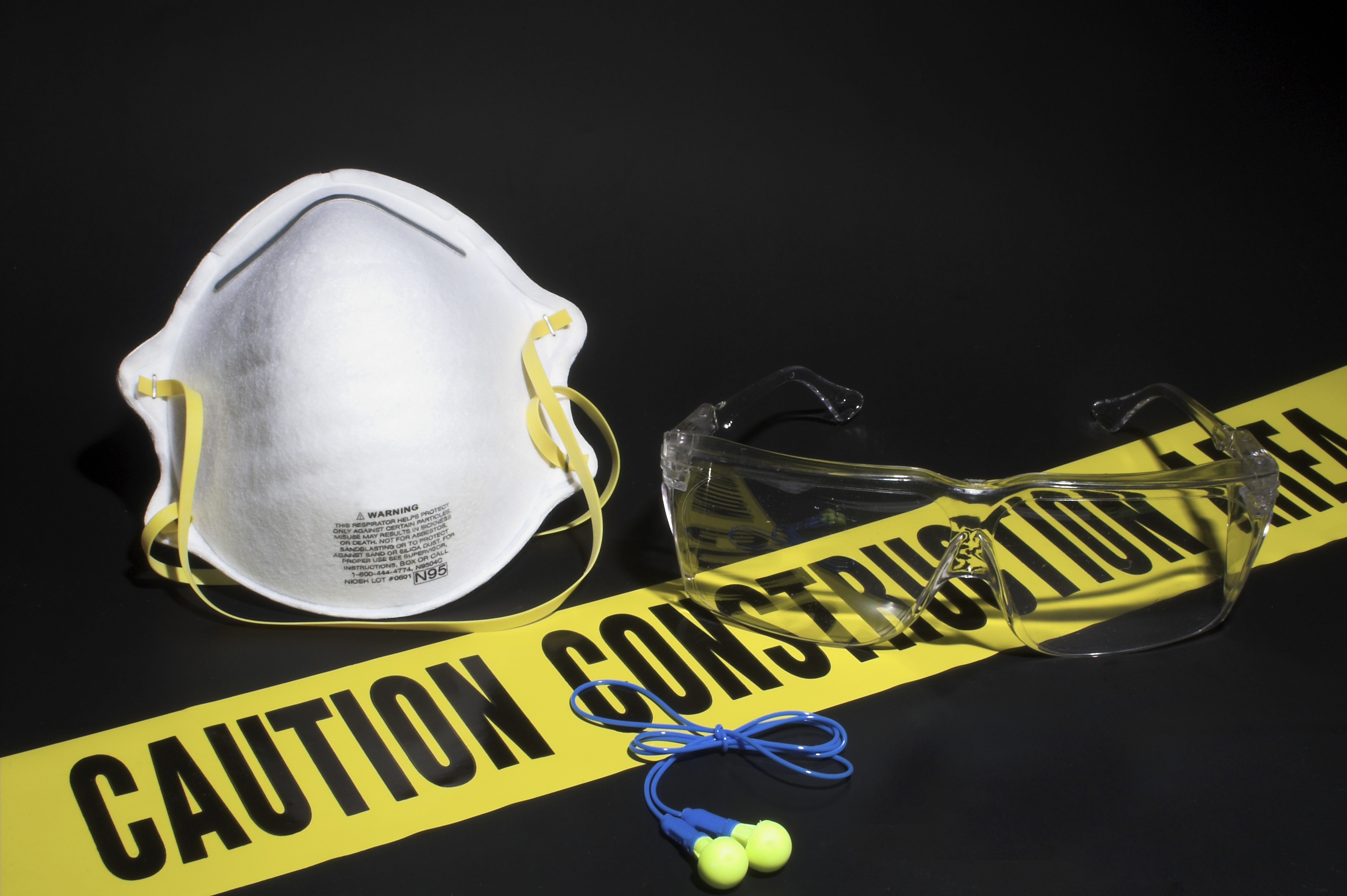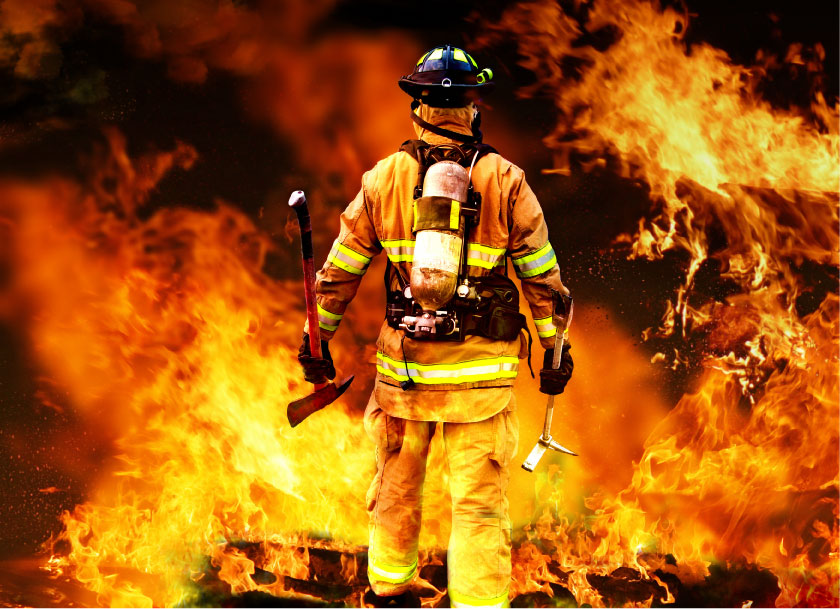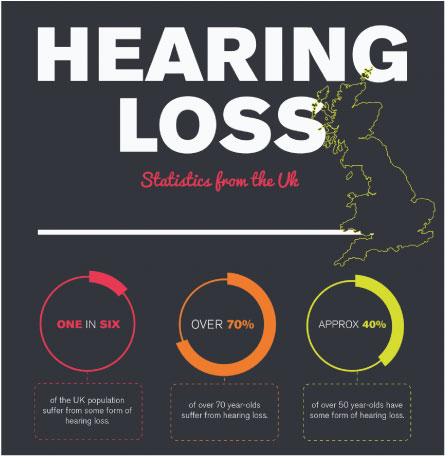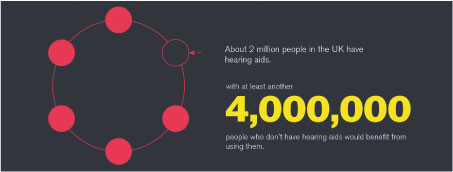Note: Blog4Safety does not agree or disagree with the use of workplace unions; however, we thought this was an interesting article showing current statistics involving union activities. pb
All posts by Doug
Interesting Trends in the Oil & Gas industry: A (Guest) Infographic
If you have never been involved with the energy industry, take time to read these interesting facts sent to us by Grattan Boyland of http://northseaworkwear.com. He has given historical information in an infograph highlighting just how much is demanded of workers who work in oilfields on land, or offshore. Providing us with power is a hazardous job that puts huge demands on workers, who must have the equipment to stay safe on the job. Texas America Safety Company, our parent company, also provides the same personal protective equipment that is required for worker safety. 
Avoidable Workplace Health and Safety Hazards (Guest Post)
Because prevention is always better than cure……..
Any type of work involves risk, whether you are working in a home office or on an oil rig. The risk levels vary of course and some are prominent while others are subtle but this doesn’t change the fact that they exist.
This is why it is important to take precautionary measures in any work environment. Common health and safety hazards in the workplace include; slipping and falling, transmissible diseases, transportation accidents, internal violence, toxic events (chemical and gas exposure), electrocution, ergonomic injuries, eye injuries, and hearing loss.
Of the examples given above, some are direct causes of injury while others slowly and steadily deteriorate our health. In certain professions the hazards are fairly obvious and each working environment is different so firstly, all potential risks in your particular workplace need to be identified.
Here are some tips to avoid a few of the most common health and safety hazards in the workplace:
Slipping and tripping
This is probably the most obvious and it can happen anywhere! It may be a bit trivial but industrial and commercial industries are at risk here not only for workers but for members of the public as well. General insurance does not cover compensation in the aftermath of an injury sustained by a member of the public so this is slippery ground for business owners (excuse the pun). Rather have things in place to avoid this simple hazard.
If you’re in an office, make sure that the computer, internet and phone cables are covered or take them off the floor completely, mount them against walls or desks. Where liquids are commonly used such as in a kitchen, ensure rubber mats are used and workers are geared in proper uniform.
Transmissible diseases
In a results driven society, people are encouraged to work even when they’re sick. Enforcing a different sick-day policy may cost the company, but rather have one worker stay home as opposed to having four workers infected with the same virus become bed-ridden. Unfortunately viruses can be incurred anywhere and it has an inordinate effect on an employer especially where deadlines need to be met. A tummy bug or a flu going around in a work place is not an ideal situation at all. Rather put the infected worker in home quarantine!
Hearing loss
This happens mostly in industrial environments like construction and mining. Correct gear is of utmost importance in environments where there is excessive noise like earplugs and headphones. Where possible, loud machines should be separated from the workforce.
Education and prevention
Employees should be aware of the risks they face in a particular job. As much as legal regulations guide workplaces in safety precautions, many accidents occur due to negligence or operating equipment incorrectly. Workers should be educated on how to prevent accidents and training should also be provided by the employer to ensure that workers know how to handle all apparatus in the workplace.
Accidents are unforeseen which is why there should be intervention to avoid misfortunes. The simplest of products could make a huge difference. Anything from cable ties to dome mirrors, wheel stops to corner guards can be used to minimise potential hazards. Unfortunately the good old computer-typed sign is hardly effective anymore in today’s bustling workplace.
Bio
Emily Ford is a writer for the bollard shop, a Perth based supplier of numerous building safety devices including custom designed bollards, parking protectors and traffic barriers.
Author Bio: Emily Ford,
Copywriter | Property Institute
Respiratory Products That Promote On-The-Job Safety
Approximately 5 million workers in 1.3 million workplaces are required to use respirator products, according to the Occupational Safety & Health Administration (OSHA). Offering protection against a multitude of different hazards, respirators and other respiratory devices can help reduce incidences of cancer, lung impairment and disease caused by job site exposure. OSHA’s research indicates that compliance with its Respiratory Protection Standards could potentially prevent thousands of illnesses and hundreds of deaths every year in the United States.
What Do Respirators Do?
A respirator is a protective device which reduces exposure to dangerous inhaled substances, including toxic chemicals and other infections particulates. Respirators are considered a vital piece of equipment for work in hazardous environments. Selecting the right type of respirator is critical, and dependent upon each individual workplace. Respirators perform two basic functions: decontaminating breathable air and providing a clean supply of air from an external source.
Air-Purifying Respirators
Particulate respirators, which fall under the category of air-purifying respirators, provide simple, cost-efficient and moderate protection against dust particles, but are an insufficient defense against chemicals, gases and vapors. They work by filtering particles out of breathable air, and are best suited for workplaces with low hazard levels. Also referred to as dust masks, these filtering facepieces are commonly used in healthcare settings for protection against infectious diseases. When particulate respirators become damaged or clogged, they need to be replaced.
Using caution is key when it comes to protecting yourself from workplace hazards.
Chemical cartridge/gas mask respirators are an alternate type of air-purifying respirator. These perform a similar function except they filter chemical gases instead of airborne particulates. This two-piece apparatus includes a cartridge or canister, as well as a facepiece which attaches via straps to the head. The type of filter depends on the hazards to which you will most frequently be exposed. These replaceable cartridges are color-coded to make the selection process easier.
Combination respirators have filters for particulates as well as gases and vapors and can be used in settings which may contain both types of threats.
Supplied Air Respirators
Supplied air respirators provide clean air from an external source. Airline respirators use a hose to deliver clean, compressed air from a stationary source. These lightweight and long lasting devices are appropriate for use in areas where there is no immediate danger.
Combination respirators have a self-contained backup auxiliary air supply, and are ideal for entry into compact spaces, as well as extended use in potentially hazardous environments.
Self-contained breathing apparatus (SCBA) generate their own supply of respirable air. Commonly used by firefighters, SCBAs consist of a wearable air tank, and offer the highest level of protection against toxic chemicals. Weighing in at more than 30 pounds, however, they require specialized training and knowledge regarding use and maintenance. These contain a limited air supply — generally less than an hour — which is dependent on a number of different factors, such as breathing rate. Despite these downsides, SCBAs provide the best protection in hazardous situations.
SCBAs help firefighters perform their lifesaving work.
The Importance of Test Apparatus
A respirator is useless if it doesn’t work to optimal standard. Respirators should provide a snug seal around the entire face during inhalation. Any leaks may cause exposure to contaminated air. While they come in a variety of sizes to accommodate different facial shapes, the only true way to determine whether a respirator works is through fit testing. Kits are available for both face-to-respirator seals and gas/vapor seals which help determine whether performance criteria is being met.
Between contagious diseases, everyday workplace hazards and job site accidents involving toxic chemicals, respirators serve a critical safety purpose. Proper planning and preparation ensures an optimal outcome in any situation.
Byline:
Joanna Hughes is a freelance writer who covers everything from lifestyle and beauty to financial matters, such as getting an auto loan with bad credit.
WORLD CANCER DAY, FEBRUARY 4TH – INTERESTING FACTS ABOUT CANCER (GUEST INFOGRAPHIC)
Suzanne Yates, with Asons Solicitors, has asked me to give you the following information, due to the worldwide response to World Cancer Day, in case you have questions
First Aid For A Heart Attack (Guest Post)
Our thanks to Carol Gibson from http://www.adamssafety.com/ for this very important information regarding heart attack, which can happen suddenly to anyone:
U.K. Hearing Loss Statistics (Guest Post)
Our thanks again to Thomas Fairclough for sending this guest post from Asons Solicitors. If you would like to learn more about industrial deafness,or the hearing loss claims process information is available at www.asons.co.uk
An alarming 1/6 of the UK population suffer from some form of hearing loss. Of those suffering from hearing loss around 6.4 million are over the age of 65+ and about 3.7 million are of working age. Surprising about 3.7 million people aged 16 – 65 have hearing loss, and around 135,000 of them are severely or profoundly deaf.
Of the 10 million who suffer from hearing loss, more than 800,000 people are severely or profoundly deaf.
About two million people in the UK need hearing aids, but only 1.4 million decide to use them regularly. Of those who suffer from hearing loss more than six million would benefit from the use of hearing aids.
About 10% of adults in the UK suffer from constant tinnitus. 1% of adults have tinnitus that affects their quality of life. Similar to hearing loss, the risk of developing tinnitus increases with age. Up to 30% of over 70s experience tinnitus, compared to 12% of people in their 60s and just 1% of people aged under 45.
Due to the increasing age of the UK population, there will be an estimated 14.0 million people with hearing loss by 2031. The World Health Organisation predicts that by 2031 adult onset hearing loss will b one of the top ten diseases in the UK, more common than diabetes and cataracts.
On average it takes people ten years to finally address their hearing loss. Even when they do decide to take action, 45% of people with hearing aids say that initially their GP failed to refer them directly to an audiologist when they first mentioned that they felt they were suffering from hearing loss.
Note: Hearing loss can be prevented if those exposed to loud environments will wear earplugs or earmuffs that are designed to protect their hearing. Once the damage is done, it is permanent. pb
Ignoring Heart Disease Won’t Lower Your Risk
We don’t want to rain on your parade during the holidays, but here is a very insightful look at heart disease, some of the causes and preventive measures we should take. We usually make a New Year’s Resolution to lose weight, so hopefully, this great article sent to us by Shannon Lochwood will help us realize how very important it is to be heart-healthy and keep that resolution!
Christmas Tree Safety (Guest Infographic)
Every year, thousands of dollars in damage is caused by Christmas tree fires. Something that makes our hearts happy can end up creating devastation. If you have a live tree, it must be kept watered often, and many artificial trees and their lights could be risky, too. Please heed the warnings from this great infographic sent to us by Courtney Fettu, and also use her advice on how to dispose of your tree properly.
Staying Safe During Christmas (Guest Post)
Enjoy this beautiful Christmas infographic, sent to us by Thomas Fairclough, of Ason’s Solicitors. He warns us to not be so festive that we forget to stay safe. We know you will find this very informative in a pretty way.

